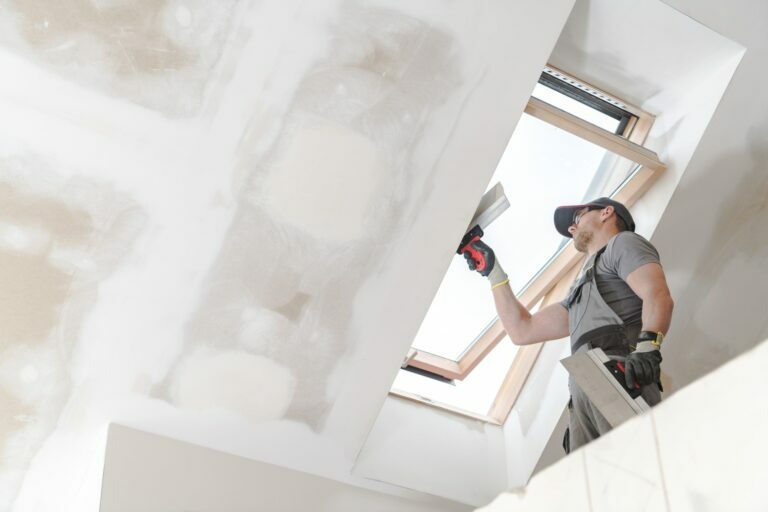Air conditioning systems play a significant role in our lives. They keep us comfortable when the weather is hot and help us to stay productive during the summer months. Your AC system can even improve air quality. They remove dust, pollen, and other allergens from the air and improve our respiratory health. Even if you take excellent care of your HVAC system at home, you’ll still likely need to replace it at some point. The lifespan of the average HVAC system is between 10 and 15 years, so if your unit is older than that, it may be time to consider a new one. If you’re not sure where to start, read on to find out what to look for in a new AC system.
What should you look for in a new AC system?

When it’s time for a new AC system, it’s essential to know what to look for. One of the most important is the size of the unit. The right size unit will be able to cool your home efficiently without running constantly and wasting energy. Another factor to consider is the type of system you need. If you have an existing furnace, you may need a split system that includes both an AC and a furnace in one unit. If you don’t have a furnace, you may just need a standalone AC unit.
You also need to consider energy efficiency. A more efficient system will use less energy to cool your home, which in turn will save you money on your monthly utility bills. When shopping for an air conditioner, including the SEER rating and the Energy Star certification. A higher SEER rating means a more efficient AC system. The SEER rating is determined by how much cooling output the unit produces per watt of electricity used. A unit with a higher SEER rating will use less energy and cost less to operate.
Don’t forget to consider what type of warranty an air conditioning system offers. Many manufacturers offer warranties on the compressor and other major components of the AC system. Read the terms of the warranty carefully to make sure that any potential problems are covered. If a problem does occur, contact the manufacturer as soon as possible for assistance.
How else can you maintain a comfortable indoor climate?

Most people think of a thermostat as simply a device that controls the temperature in their home, but a smart thermostat can do so much more. For example, a smart thermostat can learn your habits and preferences, then adjust the temperature automatically to save you energy and money. Smart thermostats can also be controlled remotely with your smartphone or computer, so you can adjust the temperature no matter where you are. Some models can provide insights into your energy usage that will enable you to reduce overall consumption and minimize your carbon footprint.
You should be aware of the fact that window frame cracks can allow outdoor air and moisture to enter your home, which can affect your indoor environment. Outdoor air can contain pollutants like pollen, smoke, and chemicals, which can aggravate allergies and asthma, and moisture can cause mold and mildew growth. You need to fix window frame cracks as soon as possible. You can do this by using weatherstripping to seal up any flaws or imperfections. If the damage is serious, you may need to talk to a contractor about professional repair or replacement.
There’s no doubt about it – a quality HVAC system is a must-have for any homeowner. Not only does it keep your home comfortable all year long, but it can also help you save money on your energy bills. Keep in mind that not all systems are created equal. That’s why you should invest in a system from a reputable dealer. There are other steps you can take to ensure that you can maintain your preferred indoor temperature, including upgrading to a smart thermostat and addressing any flaws or imperfections in your window frames. Follow this advice and you’ll be enjoying the benefits of your new AC before you know it.





